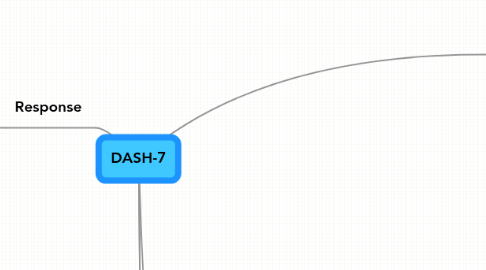
1. Response
1.1. Broadcast
1.1.1. Tag-to-Interrogator
1.1.1.1. PID
1.1.1.2. Tag Status
1.1.1.3. Packet Length
1.1.1.4. Session ID
1.1.1.5. Tag ID
1.1.1.6. Tag SN
1.1.1.7. Command Code
1.1.1.8. Data
1.1.1.9. CRC
1.1.2. Interrogator-to-Tag
1.1.2.1. PID
1.1.2.2. Options
1.1.2.3. Length
1.1.2.4. Session ID
1.1.2.5. Command Code
1.1.2.6. Command Args
1.1.2.7. CRC
1.2. Unicast
1.2.1. Tag-to-Interrogator
1.2.1.1. PID
1.2.1.2. Tag Status
1.2.1.3. Packet Length
1.2.1.4. Session ID
1.2.1.5. Tag Manufacturer ID
1.2.1.6. Tag Serial Number
1.2.1.7. Command Code
1.2.1.8. Response Data
1.2.1.9. CRC
1.2.2. Interrogator-to-Tag
1.2.2.1. PID
1.2.2.2. Options
1.2.2.3. Length
1.2.2.4. Tag ID
1.2.2.5. Tag SN
1.2.2.6. Session ID
1.2.2.7. Command Code
1.2.2.8. Command Arguments
1.2.2.9. CRC
2. Commands
2.1. Collection with UDB (0x1F)
2.1.1. Command Fields
2.1.1.1. Window Size
2.1.1.2. Max Packet Length
2.1.1.3. UDB Type Code
2.1.1.3.1. 0x00: Transit Data
2.1.1.3.2. 0x01: Capability Data
2.1.1.3.3. 0x02: Query Results
2.1.1.3.4. 0x03: Hardware Fault Data
2.1.2. Response Fields
2.1.2.1. UDB Type
2.1.2.2. Total UDB Length
2.1.2.3. Requested Offset
2.1.2.4. UDB Data
2.1.3. UDB Element Type ID
2.1.3.1. 0x10: Routing Code
2.1.3.2. 0x11: User ID
2.1.3.3. 0x12: Optional Command List
2.1.3.4. 0x13: Memory Size
2.1.3.5. 0x14: Table Query Size
2.1.3.6. 0x15: Table Query Results
2.1.3.7. 0x16: Hardware Fault Status
2.1.3.8. 0x80 - 0xFE: Future Extension
2.1.3.9. 0xFF: Application Element
2.2. Sleep
2.3. Sleep All But
2.4. Routing Code
2.4.1. user defined
2.4.2. Should be used according to ISO 17363
2.5. Read UDB
2.6. User ID
2.7. Firmware Version
2.8. Model Number
2.9. RW Memory
2.10. Set Password
2.11. Set Password Protect Mode
2.12. Unlock
2.13. Beep ON/OFF
2.14. Delete Writeable Data
2.15. Table
2.15.1. Table Add Records
2.15.2. Table Delete Fields
2.15.3. Table Get Properties
2.15.4. Table Get Data
2.15.5. Table Query
2.15.6. Table Write Fragment
2.15.7. Table Read Fragment
2.15.8. Table Delete Record
2.15.9. Table Update Fields
2.15.10. Table Update Records
2.15.11. Table Create
3. Open Questions
3.1. How is the "Session ID" chosen?
4. UDB
4.1. TLD elements
4.2. Types
4.2.1. Routing Code
4.2.2. User ID
4.2.3. Command List
4.2.4. Memory Size
4.2.5. Table Query Size
4.2.6. Table Query Results
4.2.7. Hardware Fault Status
4.2.8. Application Element
5. Sensor
5.1. Status & Data
5.1.1. Read using:
5.1.1.1. Collection with UDB (0x1F command)
5.1.1.2. Read UDB (0x70)
5.2. Logs
5.2.1. Read using:
5.2.1.1. Table Get Data (0x26+0x06)
5.2.1.2. Table Query (0x26+0x10)
5.3. Format
5.3.1. Should follow the formats described in IEEE1451
5.3.2. ISO 24753
